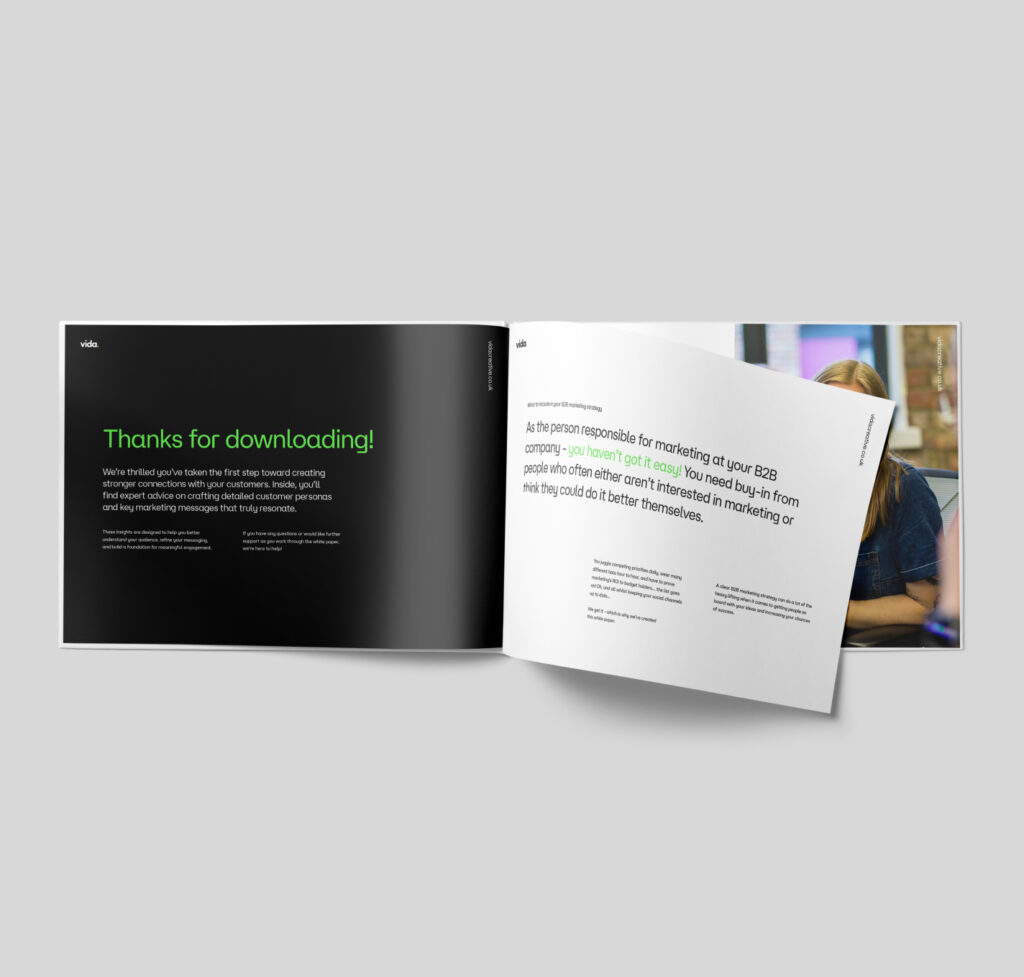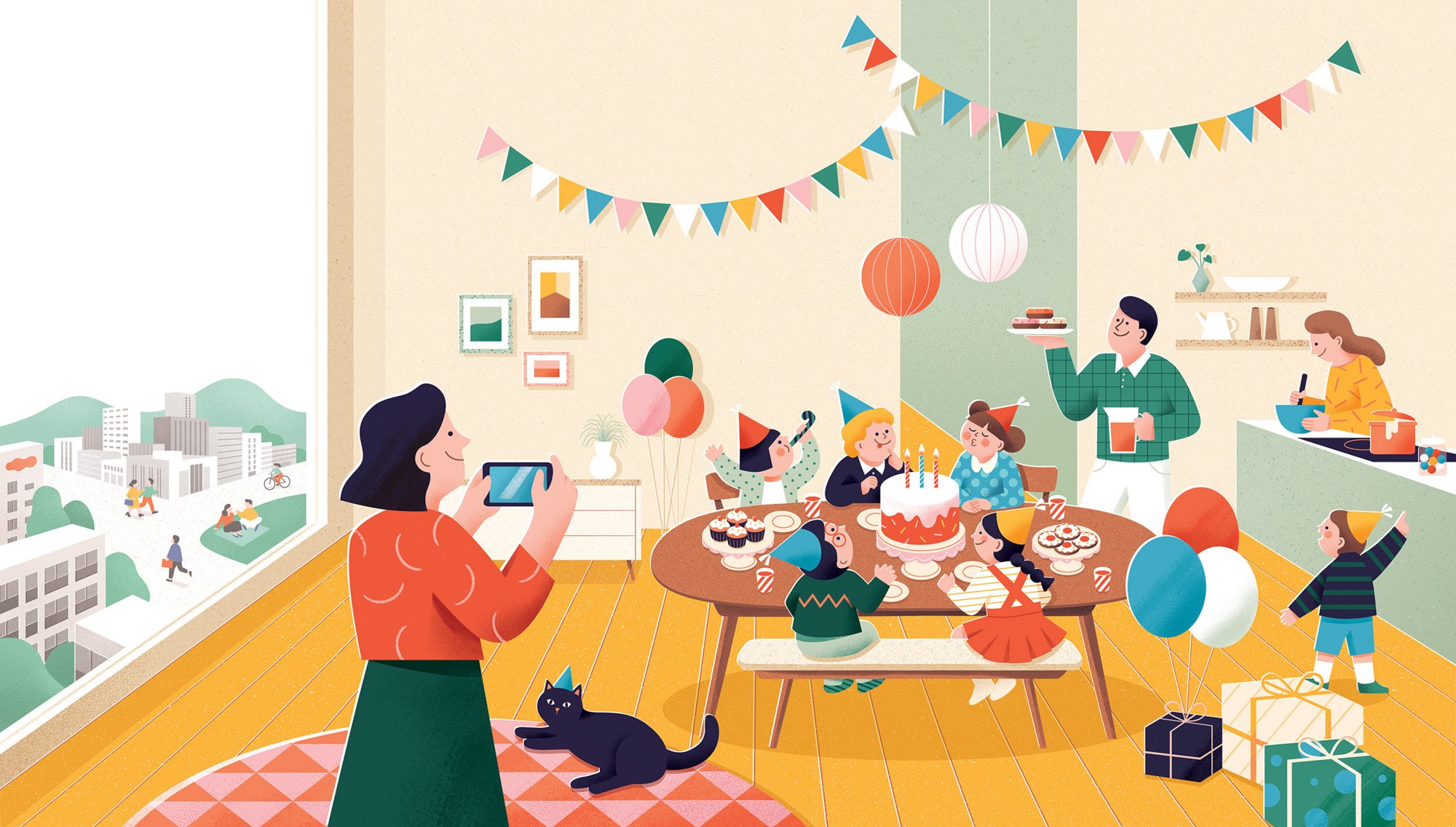In this blog series we're putting the spotlight on some of our favourite creatives. This time we speak with acclaimed artist Michael Gillette.
Born and raised in Swansea, Michael Gillette is an artist who for the past 20 years has been based in California. Michael is known for mixed-media illustrations and has worked extensively within the music industry.
Since gaining his breakthrough with sleeve work for Elastica and Saint Etienne in the 1990s, his art has attracted collaborations on animation projects with The Beastie Boys and My Morning Jacket, and portrait work for Beck and Paul McCartney. He also designed a highly collectable set of James Bond book covers for Penguin.
We were excited to speak with Michael about his career in illustration, how his style has developed over the years and the projects he has lined up in the future.
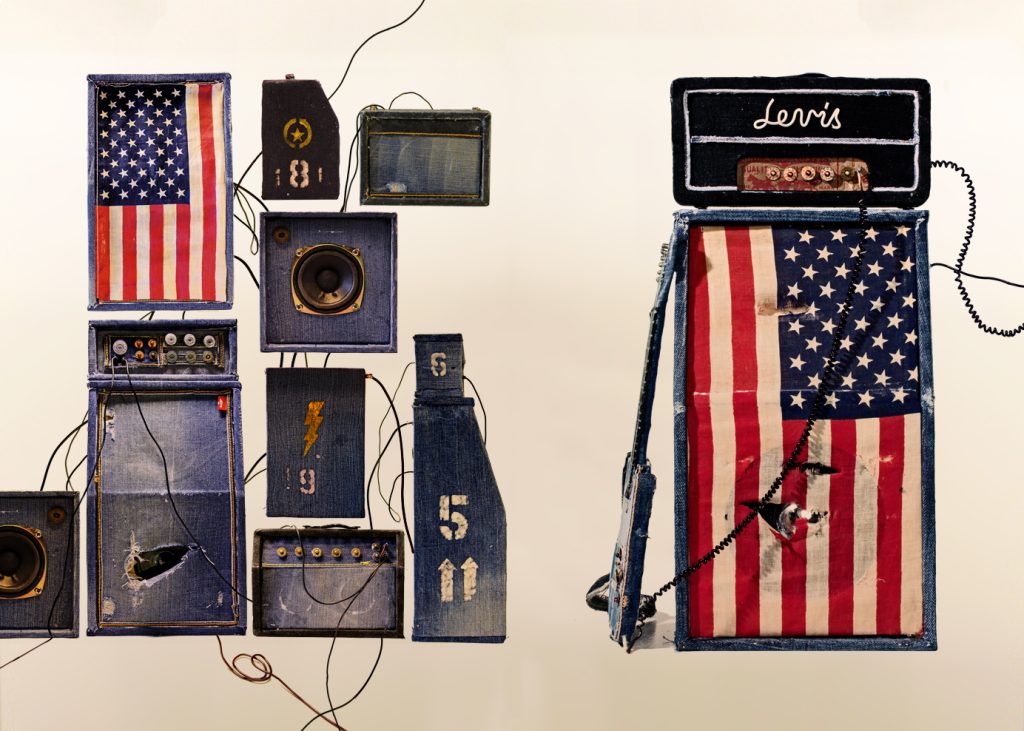
Firstly, how have things been for you during this difficult global pandemic?
Well, thanks for asking. Early 2020, a friend came back sick with a flu from a conference in Wuhan and my family caught it. We moved house in the summer, I turned 50, and then got evacuated in the fires. California has had a Supersized, unrelenting lockdown- Covid 1984. I finished up my dog book (more about that here), and taught online. Teaching online has been something really positive. It’s changed how I teach. I spent so many years in a room on my own drawing. I’m pretty outgoing, so that was frustrating. Teaching is something I enjoy very much.
You recently released your Pack of Dogs project, where you blend iconic music legends with their dog counterparts, how did that first come about?
I found a box of old greetings cards in a Goodwill in San Francisco. It had 10 identical drawings of a dog, which I vandalised / customised. I sent them to friends. Then I realised I could draw my own dogs, get them printed and continue the game.
It was pretty addictive. Soon I had about 50. I did them initially after Trump got voted in. Instead of watching the news, I’d spend the evening drawing a dog. I haven’t really watched the news much since, that’s been a massive blessing! I had an exhibition of them in 2018 in San Francisco. I thought that was the end of the project, but at the start of the lockdown I was approached by the publisher Four & Sons to create a book. Along the way, Ozzy Osbourne wrote the foreword and I spoke to Wayne Coyne for some of the content. It was an uplifting, unplanned, creative adventure. I enjoyed the focus of each drawing.
Drawn In Stereo is a favourite book of ours, do you have any plans to do any further publications in the future, or will you be having any work featured in any other forthcoming books later in the year?
Well, Drawn in Stereo had 25 years worth of work, and Pack of Dogs a 4 year span. I was lucky to have two amazing ladies design the books-, Jeanette Abbink and Marta Rosa. Even with their incredible support, they still took a long time. I’ve been thinking about what to do next. I’ve had a couple of story ideas, Part of me wants to do a graphic novel, I’m daunted and excited by the idea. One idea is about the house I lived in during the early ’90s with The Aphex Twin. It was a cavalcade of characters turned up to 11, and now looks like an ancient slice of history. I’d be happy for someone else to draw it. I’m always open to new trails.
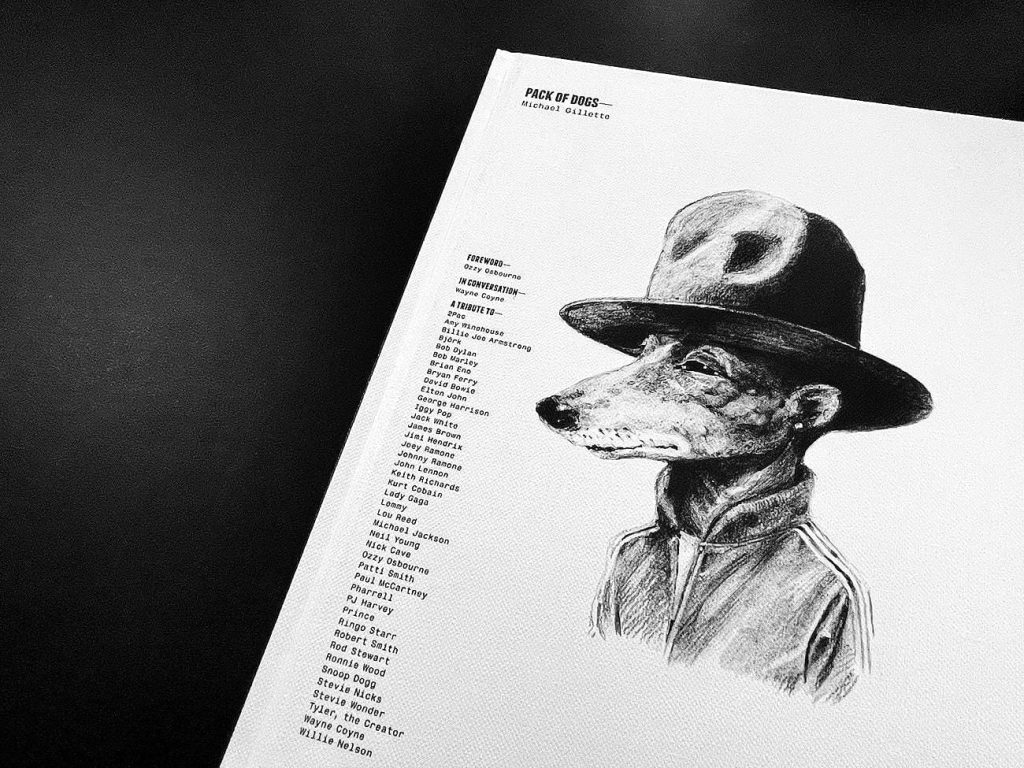
What first inspired you to get into illustration and design?
I was blasted awake by The Beatles, they opened my eyes and ears to culture. Growing up in the 80s, I loved record sleeves and the visual culture surrounding and supporting music. I’ve always been a massive music fan. I played in bands, and went to art school at Kingston, London. I thought I’d be a Graphic Designer. I was in an odd no-mans land between illustration and Design. I think I’m still most comfortable in that zone, I’ve stumbled on somehow from there.
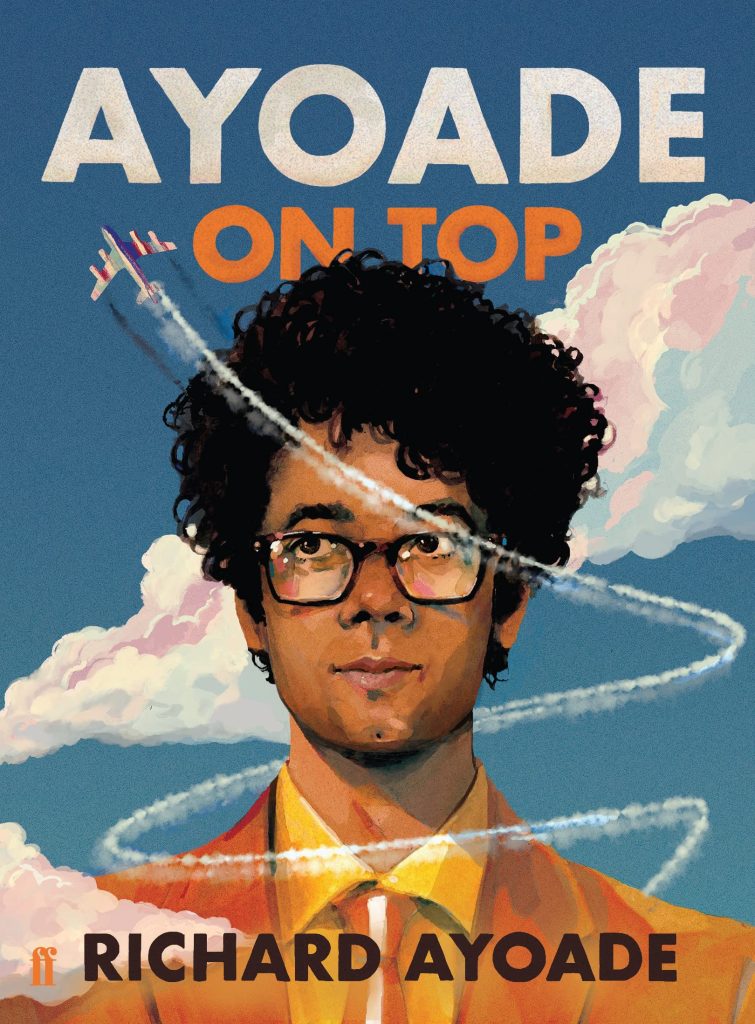
Having worked a lot in the music industry, how have things changed for the role of designers and creatives since you started?
I think the major difference has been the incredible overload of everything in every direction, and how that’s bled a lot of money and energy from the music industry, especially the indie world. Internet killed the video star. I was born in 1970, and the world’s population has doubled since then. When I started in 1992, you could touch all four walls of the design world in London. I became friends with the bands I worked with, I had a large social and professional circle, and that’s what got me work. Maybe young folks are doing the same, but things seem much more disjointed and random now. Britpop was a scene, backed by major label money, maybe the last of that model.
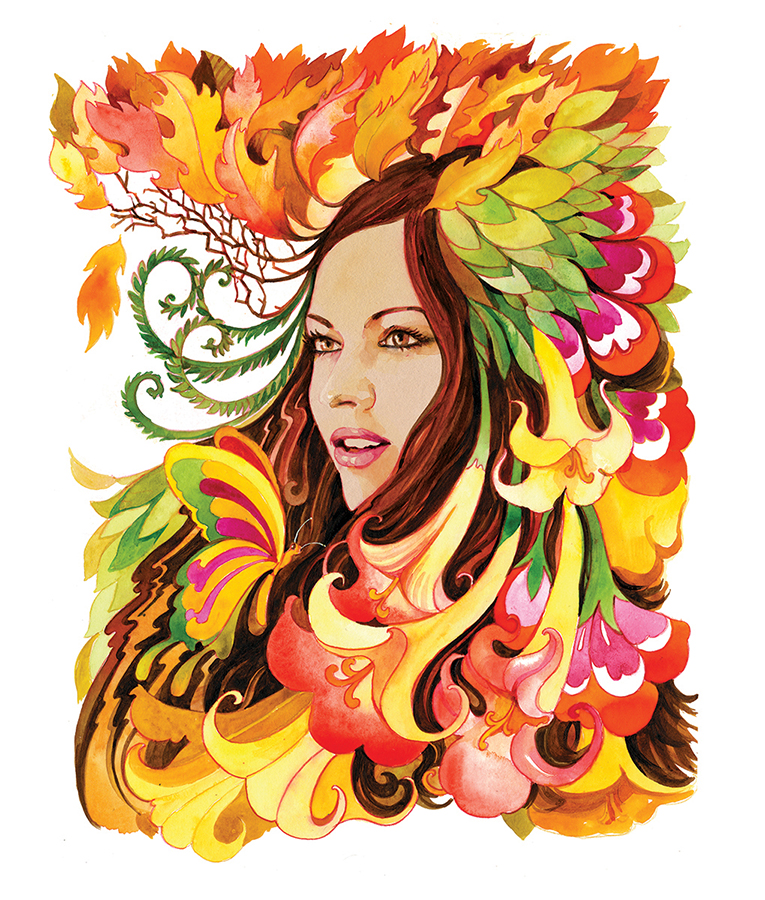
With three decades of work, is there a particular project that really stands out for you and is your proudest piece?
I don’t know about proudest. The animation I did for the Beatstie Boys was a real thrill, I adore them. I did it with a friend who threaded it together. We sat in a room for a month, passing files back and forth making it up as we went along. Animation projects are always memorable, perhaps like a scar! The video I did for My Morning Jacket’s Outta My System started with me and a crew of 12 animators, but the company bailed and I was left holding the bucket. I finished it up with a super creative student, absolute madness.
What advice would you give for aspiring creatives, and those who are graduating this year?
I’ve been teaching at the California College of Art for the last four years, so I feel very connected to students these days. I really want to help! I stop short at advice- I think we’ve all had enough of people seemingly knowing what’s best for us. I wish I’d taken a business course early in my career, just the basics would have helped. I actually took an entrepreneurship class last year, cut short by the pandemmy. I see much anxiety in the students, understandably so. I share my own struggles to stay positive and moderate the internal dialogs that really can harm creativity. These are universal, but they feel so personal. The most important factor I’ve found, is to really enjoy your work as you are making it, then, regardless of outcome, you’ve already succeeded.
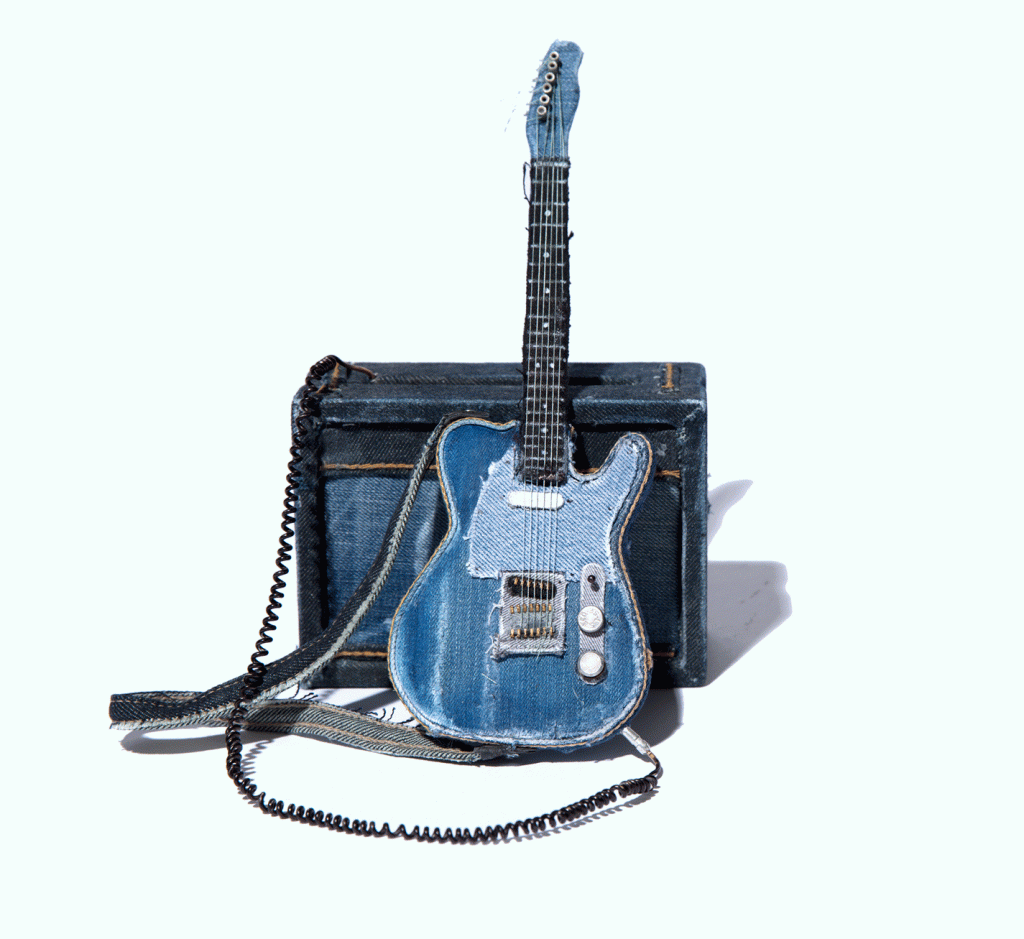
All creatives have different approaches to receiving a brief, what is your usual design process for a project?
Read it immediately, then avoid it for as long as possible! Then I start sketching. Sketchbooks are a safe space for me, the bar is low, so my inner critic is a quiet there. First ideas are almost always cliches. The real gold takes some digging. I don’t really have a go-to style anymore, so I have to figure out how best to support the idea. I love it when that idea is realised with a new approach to me.
One of your most known pieces of artwork is your James Bond book collection for Penguin, how did that collaboration come about?
I knew the designer Jon Gray (gray318) from college days, he was at the LCP, when I was at Kingston and we had mutual friends. I’ll be speaking to him this week for the first time in many years. He gave me the job, and was the AD along with John Hamilton at Penguin, (RIP). They both were kind enough to just let me get on with it. I’m very lucky to have been associated in my own small way with JB, and the Ian Fleming estate.
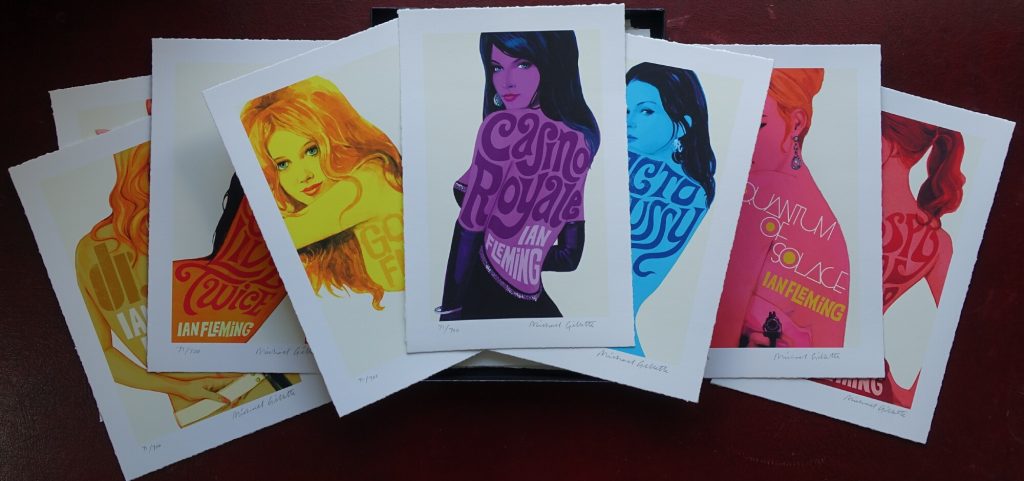
What are you currently working on, any projects in the pipeline?
A couple of years ago, I had an idea for an approach for a new set of Bond covers, and I started putting them together. They came together quickly. I approached the estate, and they dug them. Hopefully they’ll see the light of day next year. I don’t take anything for granted, but I’m really happy with them. I’ve done at least 2 new versions for each of the 14 books, it’s a big project, which the luxury of time has benefitted.
This series is all about putting the spotlight on creatives, are there any creatives who you have recently come across that you would recommend?
Oh yes ! Cat Johnston. I’m a huge fan
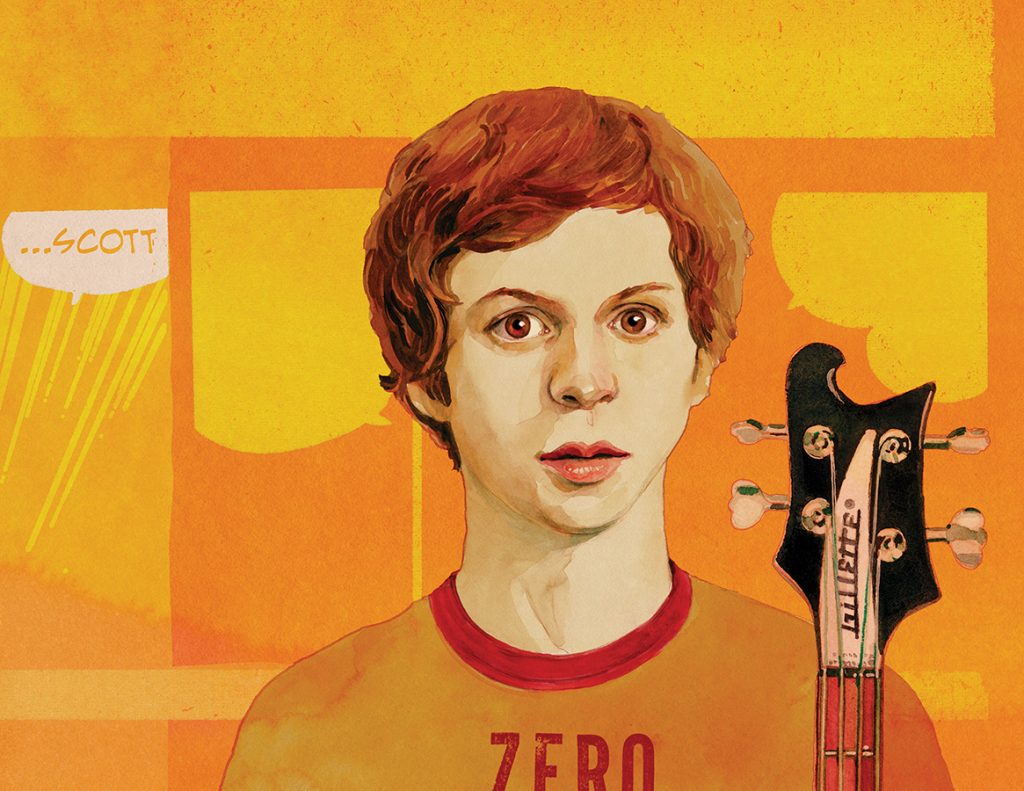
Thanks, Michael!
It’s been great to get a perspective of how designing for the music industry has changed through the years, we look forward to seeing the new projects that Michael gets up to in the year ahead.
You can check out more of Michael’s work here, or over on Instagram.
We’ll be back soon with our next creative spotlight, so keep an eye out for that one.
In the meantime, we share some of the cool and creative stuff we spot over on our socials. Follow us on Twitter here.
